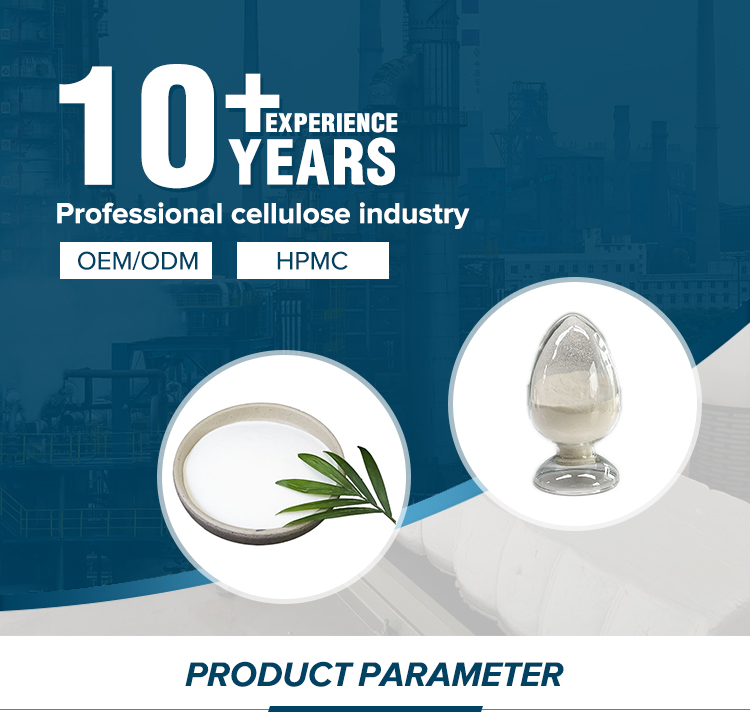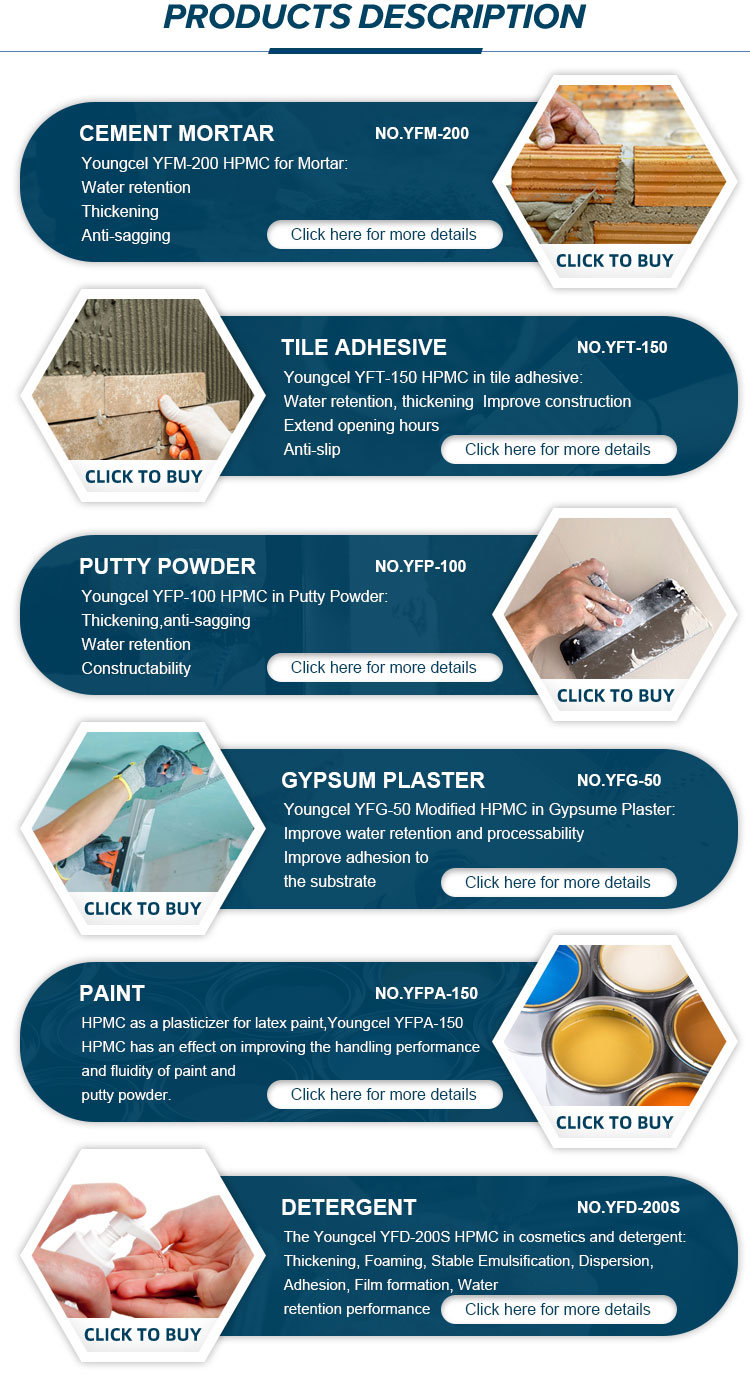Introduction
Hydroxypropyl Methyl Cellulose (HPMC) is a critical chemical additive in the construction industry, renowned for its exceptional performance in tile adhesives and plaster formulations. As a high-performance polymer, HPMC enhances the workability, water retention, and adhesion properties of cementitious materials. This article explores the technical specifications, applications, and advantages of HPMC, along with insights into the company behind this innovative product: Shijiazhuang Gaocheng District Yongfeng Cellulose Co., Ltd..
Product Overview
Hydroxypropyl Methyl Cellulose (HPMC) is a modified cellulose ether derived from high-purity cotton fibers. The production process involves etherification under alkaline conditions, resulting in a white or milky-white powder with remarkable stability and versatility. HPMC is widely used in construction due to its ability to improve the rheological properties of cement mortars and adhesives, ensuring optimal performance in diverse applications.

Technical Specifications
The following table summarizes the key technical parameters of HPMC:
| Parameter | Specification |
|---|---|
| Appearance | Milky white or white powder |
| Carbonization Temperature | 280-300°C |
| Color Temperature | 190-200°C |
| Particle Size | 100 mesh pass rate >98.8%; 80 mesh pass rate 99.9%; 40-60 mesh (special specifications) |
| Apparent Density | 0.25-0.70 g/cm³ (typically 0.5 g/cm³) |
| Specific Gravity | 1.26-1.31 |
| Solubility | Soluble in water and solvents like ethanol/water or propanol/water; aqueous solutions exhibit high transparency and stability |
Key Features and Advantages
HPMC offers a range of benefits that make it indispensable in construction applications:
- Thickening Ability: Enhances the viscosity of cementitious mixtures, improving workability and reducing segregation.
- Salt Resistance: Maintains stability in the presence of salts, preventing premature drying and cracking.
- Water Retention: Ensures prolonged moisture retention, crucial for proper curing of mortars and adhesives.
- Dimensional Stability: Minimizes shrinkage and deformation during drying, ensuring a durable finish.
- Adhesion and Dispersibility: Promotes strong bonding between substrates and coatings, while improving the uniformity of mixtures.
- Mildew Resistance: Inhibits microbial growth, extending the service life of construction materials.

Applications in the Construction Industry
HPMC is a versatile additive with applications across multiple construction sectors:
Cement Mortar
HPMC improves the flowability and cohesion of cement mortars, reducing the risk of cracking and ensuring even distribution of materials.
Ceramic Tile Cement
It enhances the adhesion of ceramic tiles to substrates, preventing detachment and ensuring long-term durability.
Refractory Coatings
As a suspension agent, HPMC improves the fluidity and adhesion of asbestos and other refractory coatings, ensuring even application.
Gypsum Coagulant Slurry
HPMC increases water retention and workability, making it ideal for gypsum-based plasters and joint compounds.
Joint Cement
When added to joint cement for gypsum boards, HPMC enhances fluidity and water retention, ensuring a smooth finish.

Company Background: Shijiazhuang Gaocheng District Yongfeng Cellulose Co., Ltd.
Shijiazhuang Gaocheng District Yongfeng Cellulose Co., Ltd. is a leading manufacturer of cellulose derivatives, specializing in products like HPMC. With a commitment to quality and innovation, the company produces high-purity HPMC that meets international standards. Their expertise in chemical processing ensures that their products deliver consistent performance in construction applications.
As highlighted by NIST (National Institute of Standards and Technology), the development of advanced materials like HPMC plays a critical role in modern construction. NIST's research on material performance and standards underscores the importance of additives like HPMC in enhancing structural integrity and sustainability.

Conclusion
Hydroxypropyl Methyl Cellulose (HPMC) is an essential component in modern construction, offering unmatched performance in tile adhesives, plasters, and other cementitious systems. Its unique properties—such as water retention, adhesion, and dimensional stability—make it a preferred choice for professionals in the industry. Shijiazhuang Gaocheng District Yongfeng Cellulose Co., Ltd. continues to drive innovation in this field, ensuring that their products meet the highest standards of quality and reliability.
References
National Institute of Standards and Technology (NIST). (n.d.). Retrieved from https://www.nist.gov/
Hydroxypropyl Methyl Cellulose (HPMC). Shijiazhuang Gaocheng District Yongfeng Cellulose Co., Ltd.
-
Understanding Methyl 2 Hydroxyethyl Cellulose: Uses, Benefits & Industry InsightsNewsNov.24,2025
-
Hydroxyethyl Methyl Cellulose HEMC: Industrial Uses, Benefits & Future TrendsNewsNov.23,2025
-
HEMC Cellulose: Versatile & Sustainable Industrial Polymer | YoungcelNewsNov.23,2025
-
Methyl Hydroxyethyl Cellulose: Versatile Building Block for Industry & SustainabilityNewsNov.23,2025
-
CAS 9032 42 2: Understanding Polyvinyl Alcohol's Impact on Industry & SustainabilityNewsNov.22,2025
-
Hydroxyethyl Methyl Cellulose: Versatile Solutions for Modern Industry and SustainabilityNewsNov.22,2025




